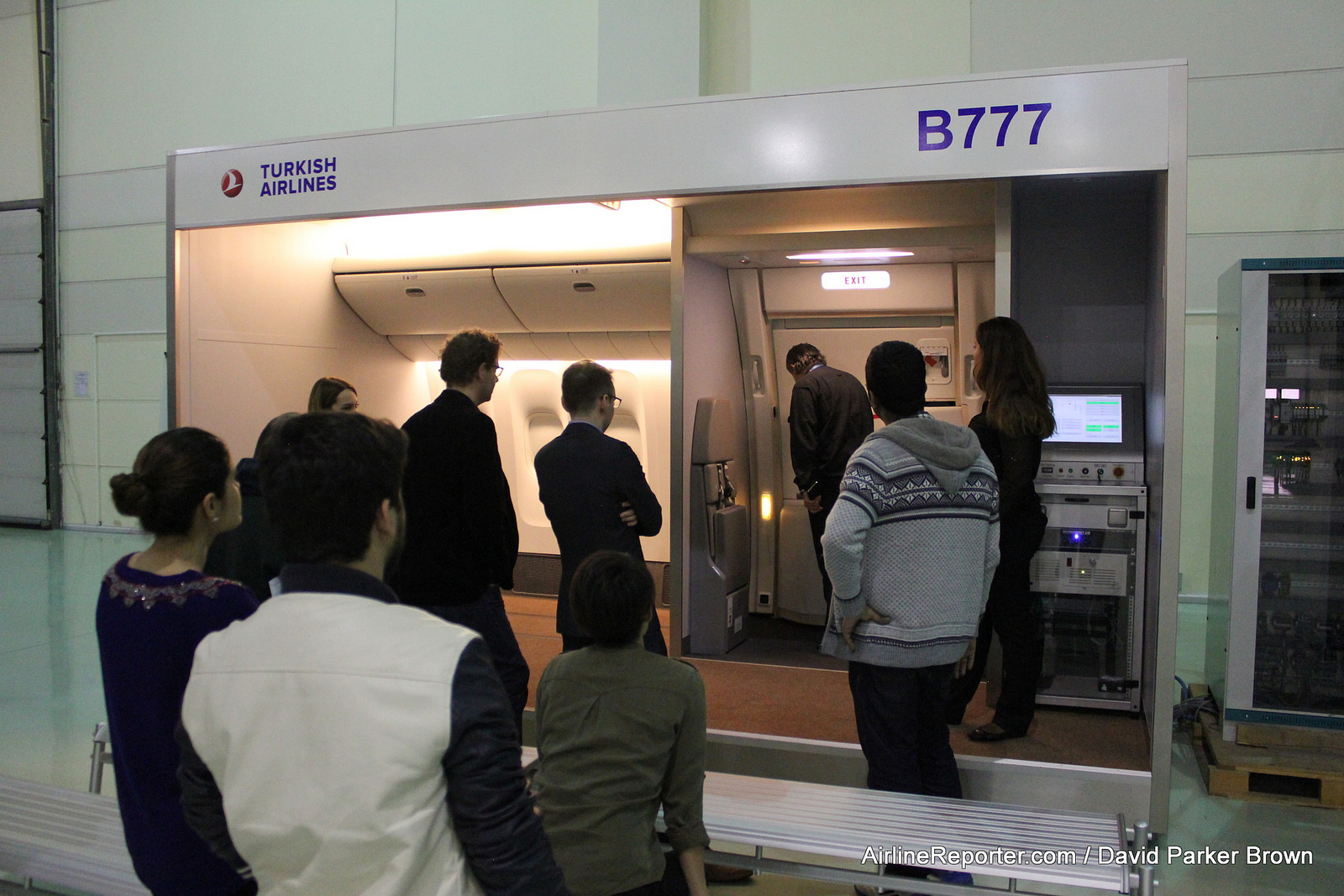


In recent years, the aircraft industry has made significant advancements in technology in the context of fuel consumption, maintenance, and performance. The key areas investigated in this review for their potential impact on food intake are the effects of food shelf life, physiological changes, noise, air and water quality on the perception of food flavor, as well as the link between food flavor and food intake. The underlying hypothesis is that conditions in space may change the perceived flavor of the food, and this flavor change may, in turn, lead to underconsumption by astronauts. This review focuses on evidence from astronauts that foods taste different in space, compared to on Earth. The key question is why astronauts undereat when they have a supply of food designed to fully deliver their nutritional needs. This calorie deficit seems to have little effect on astronauts who spend up to 12 months on the ISS, but given that a mission to Mars would take 30 to 36 months to complete, there is concern that a calorie deficit over this period may lead to adverse effects in crew members. This is despite daily exercise regimes that keep energy usage at very similar levels to those found on Earth. A crucial observation from the ISS is that astronauts typically consume only 80% of their daily calorie requirements when in space. Providing adequate amounts of food for the crew is a major task, but 20 years of feeding astronauts on the International Space Station (ISS) have resulted in a good knowledge base. The intention to send a crewed mission to Mars involves a huge amount of planning to ensure a safe and successful mission. The results demonstrate that the base frequency of the propellers and their harmonics have the highest noise pressures at the front of the cabin while the other components are high at the rear. Finally, the noise level is studied throughout the cabin. Some other components caused by the unbalanced propellers, and the structural and acoustic resonance are discovered in the noise signal. In addition to the base frequency of the propellers, their harmonics also play major roles in the acoustic signals. The signal decomposition results show that the propellers generate the most significant part of the cabin noise. An attempt is made to recognize the physical sources of the noise components. For the first time, the signal decomposition methods of the Empirical Mode Decomposition (EMD) and Singular Spectrum Analysis (SSA) are implemented to the cabin noise signals. In order to determine the noise characteristics and key contributing factors to the noise, the sound pressure signals are decomposed. Furthermore, the sound pressure signals are acquired at 5 positions within the cabin.

To that end, the noise power at the front and rear of the cabin are obtained in the scale of one-third octave-band. The acoustic signals throughout the cabin of a regional turbo-propeller driven airplane were measured during a cruise flight. This study shows that it can be possible to control and reduce in-cabin noise levels, especially due to human activities and a few recommendations are suggested. Discontinuous in-cabin noise levels were observed to reach levels as high as 81-88 dB(A) range. As a general tendency, continuous noise levels were seen to be 60-65 dB(A) prior to takeoff, and 80-85 dB(A) and 75-80 dB(A) during flight and landing, respectively.

These noise levels consist of both continuous and discontinuous types. In this study, in-cabin noise levels were measured during all flight activities in a commercial jet passenger plane. These can be classified into those caused by passenger activities such as conversations and luggage-related rearrangements as well as those caused by flight-crew such as flight attendant-related speaking activities, announcements from pilot and flight attendants, mechanical noises during food/beverage services and flight security demonstrations, and other announcement signals. There are also non-aircraft-originating noise sources in the cabin. Noise levels, which changes according to different motions of aircraft, can be defined as the noise during takeoff and landing and during level flight (cruise). Aircraft interior noise is important, especially in long-term flights, concerning the health, comfort, and psychological wellness of both passengers and flight crew. Air transport is one of the most commonly used mode of transportation and hence passenger comfort is highly desirable.


 0 kommentar(er)
0 kommentar(er)
